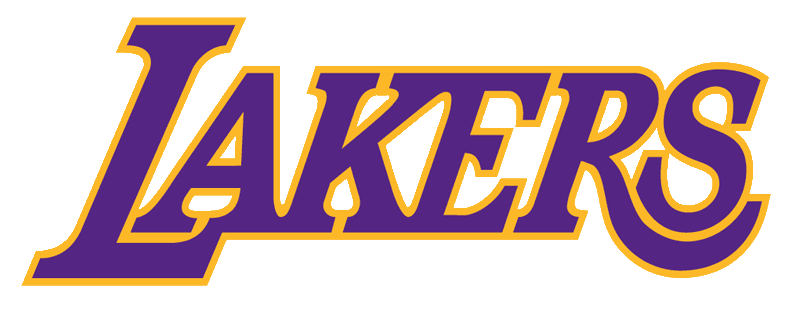People used to betting on football or basketball are familiar with the concepts of the point spread and the moneyline being two separate bets. The point spread is a straight bet where a team gets or gives points based on if they are the favorite or underdog, while the money line adjusts the payout for each team winning regardless of the margin of victory. However, baseball run line and hockey puck line bets use both point spreads and moneylines to determine winners and payouts.
Run Line, Puck Line Bets are a combination of point spreads and moneylines and are used in baseball and hockey, respectively. In both cases, point spreads come into play in order to determine which team has won the bet. Much like in football, for example, a favorite must “cover†by winning by a greater margin than the spread, while the underdog “receives†a certain number of runs or goals. However, unlike in football, Run Line, Puck Line Bets have payouts adjusted according to which team is the favorite or underdog.
As an example in a Run Line, if New York is playing Boston, New York might be a -1.5, -155 favorite while Boston is a +1.5, +135 underdog. This means that New York has to win by at least two runs to cover the bet, with a winning bet paying $100 for every $155 wagered. Meanwhile, Boston has to lose by one run or win outright to cover, with a bet paying $135 for every $100 wagered.
The most common use of the run line or puck line is taking a medium- or large-sized favorite. An NHL team that is a -230 favorite on the moneyline may be +120 on the puck line. Of course, the drawback is you now lose your wager should the favorite happen to win by exactly one goal, while those backing the favorite on the moneyline would have won their bets.
In baseball, a bettor taking a -170 road favorite may still have to lay -120 if they bet with the run line, while a bettor backing a -170 home favorite might receive +110 by using the run line. The difference in the odds for home or away teams is because the home team will not bat in the bottom of the ninth inning if they are ahead by one run, while a road team will bat in the top of the ninth inning and be looking to add an insurance run.



